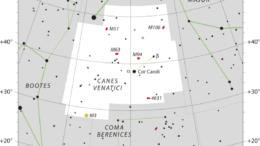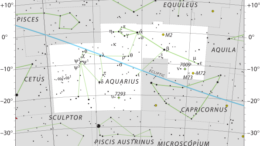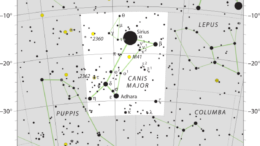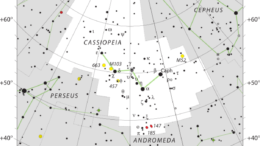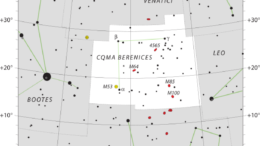Perseus
Located in the northern sky, Perseus is a constellation that is named after the Greek mythological hero Perseus. It is one of the 48 ancient constellations listed by the 2nd-century astronomer Ptolemy, and remains part of the 88 modern constellations. It is located near…

